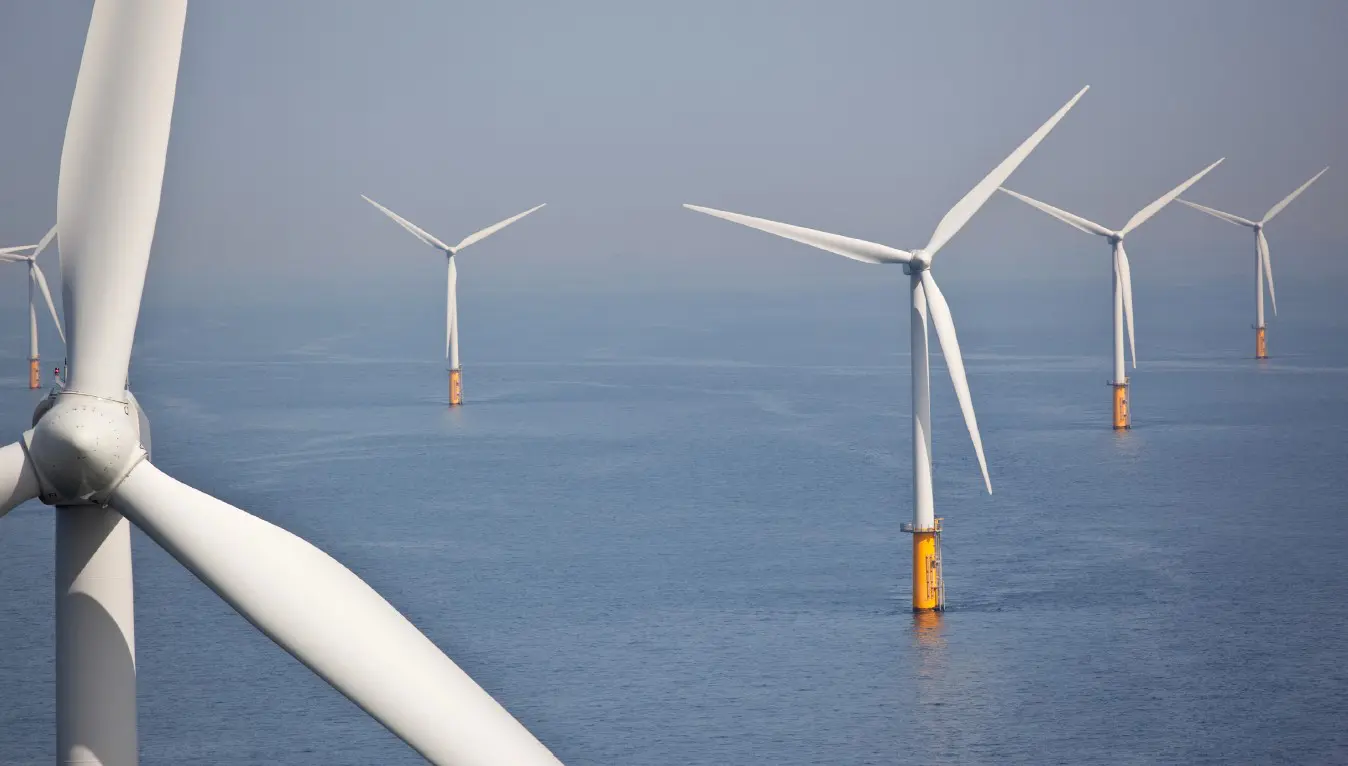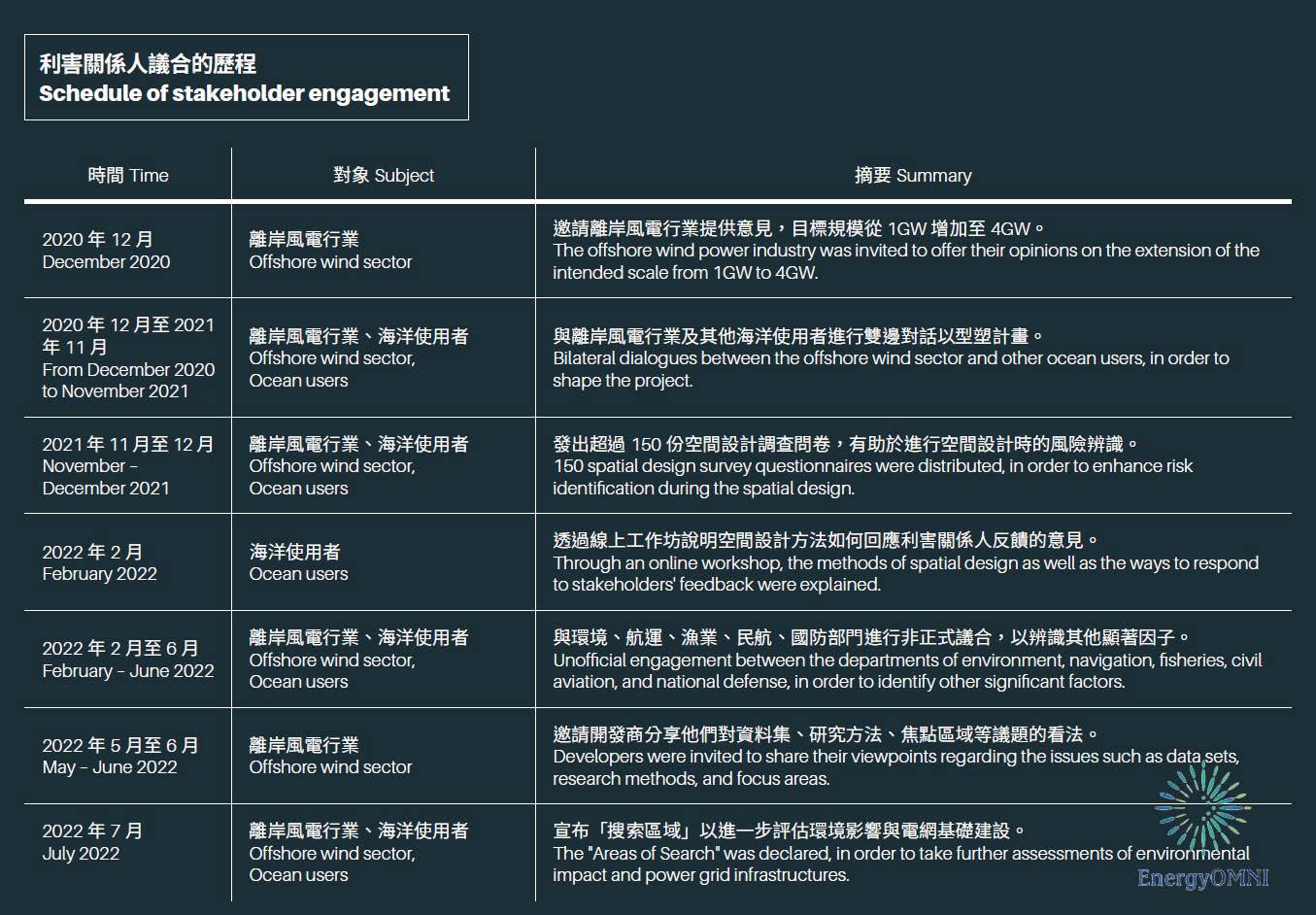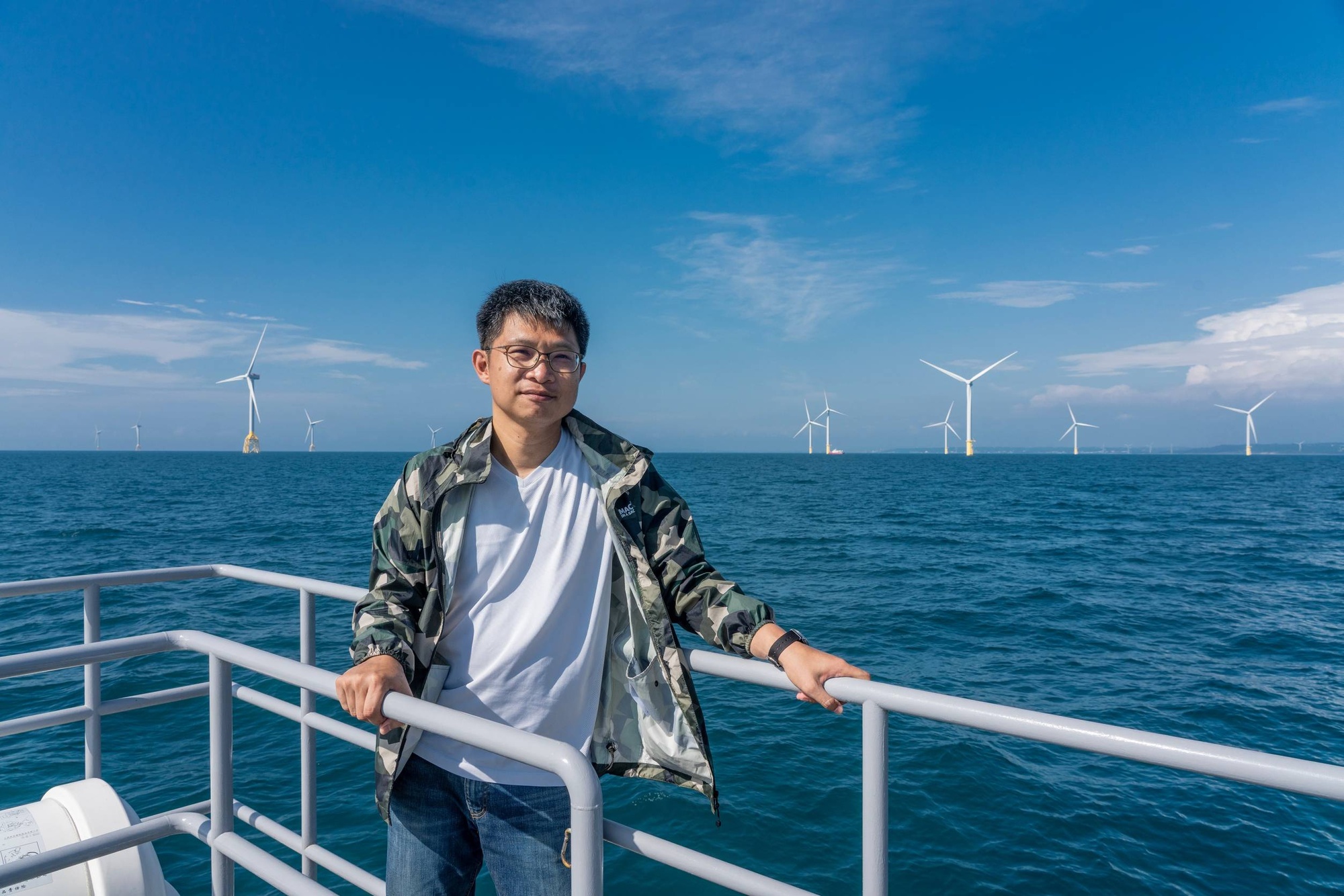The Development Path of Floating Offshore Wind in the UK: The Case of the Celtic Sea

The Development Path of Floating Offshore Wind in the UK: The Case of the Celtic Sea
From the end of 2020 to early 2021, when the rules for Phase III Offshore Wind Power Zonal Development had not been determined yet, there were several companies and environmental groups proposing some initiatives that the government should organize a project for "floating offshore wind farm demonstration". However, in the selection mechanism announced in July 2021, there was no specific distinction between fixed and floating wind farms. Surprisingly, based on the presentation reports provided in an online seminar in June 2022, the officials from the Bureau of Energy said that the government is drafting the "Floating Offshore Wind Farm Demonstration Project". Then, on August 5th, the Bureau of Energy officially hosted the "Conference on Floating Offshore Wind Farm Demonstration Plan" in order to collect opinions from all walks of life. According to the draft, the total capacity of the demonstration plan consists of 100 MW, whereas the capacity of one single application case shall not exceed 50 MW. Also, the farm site shall be selected by the applicant itself. Moreover, the Bureau of Energy provided a very tight preset schedule: the floating farm demonstration plan will be announced at the end of 2022, and the integrated grid connection should be completed in 2026. Almost at the same time as the regional development in Taiwan, The Crown Estate in the UK on the other side of Earth, which is responsible for the seabed leasing, announced the Position Paper for the "Celtic Sea Floating Wind Power Project" in November 2021.
The New Geography For Offshore Wind

The location map for the five experimental floating wind farm projects in the Celtic Sea. Among them, White Cross and Llŷr 1 and Llŷr 2 have just entered the habitat review assessment stage since July 2021.
Source: Position Paper for the "Celtic Sea Floating Wind Power Project."
Due to its green cover, the position paper is also called as the "Green Paper", an officially announced consultancy document published by the British Government to ask for the opinions of its nationals regarding an important topic or issue. After its modifications and amendments, the "White Paper" will be announced to represent the government's position, followed by the execution of such a policy. Located at southwest of England and Wales, the Celtic Sea is the new sea area for the development of British offshore wind power. The water depth is less than 200 meters, so it will be destined primarily for floating wind farms. Currently, the wind farms of fixed foundations are mainly distributed in the North Sea in east England and the Irish Sea in west England. In the Celtic Sea, five floating wind farms have already reached the testing scale, including Erebus (96MW), White Cross (100MW), Llŷr 1 and Llŷr 2 (100MW each), and the TwinHub (32MW) transformed from Wave Hub, reaching a total capacity of more than 400MW.
The goal is clearly and explicitly stated at the beginning of this Green Paper – to reach 4GW Floating Wind Power Farm by 2035. The design and proposal of the Celtic Sea Floating Wind Power Project consist of the core with a progressive method, including compiling the past seabed rental experiences, acquiring the marine space data in order to accelerate the planning procedure, and investing in various projects that are beneficial to infrastructure, data, and evidence. For this, The Crown Estate will conduct integrated spatial design and Habitats Review Assessments (HRA) before conducting the open tendering procedures, in order to select the site that can reduce environmental risks and provide developers with much more certainty.
In the face of such a massive scale development, The Crown Estate proposed a longer-term schedule: The leasing procedure for the early-stage business-scale projects (approx. 300 – 350MW), which are the learning opportunities for the supply chain, can be completed before 2030; the other complete business-scale projects (1GW at most) that are more cost-competitive can be done after 2030.
In terms of marine spatial design and environmental impact assessments, the Green Paper emphasizes: the core of the leasing task is to protect the habitats of the coastline and marine environment, not only for the health of nature but also for releasing the full potential of British offshore wind power for the long run. The Crown Estate conducted the plan-level habitat regulation assessment, to ensure that stakeholders and potential bidders could obtain detailed information about the key environmental problems at a very early time. This can make sure that the wind farm project can be located in a suitable sea area while environmental risks can be minimized. Also, this helps to shorten the time frame starting from the finalization of the bidding to the successful authorization of the seabed usage right for the project. The collection of data and evidence is the basics of sea spatial design and environmental impact assessment. The Crown Estate has promised to initiate the investment with £25 million, gathering all the main stakeholders together for collecting and sharing the evidence, and using better evidence basics to draft the best environmental protection solutions. Additionally, this will also help to simplify the development procedures and reduce development risks.
The Green Paper promises to expand and deepen the cooperation with the offshore wind sector, with the aim to explore the most effective ways through the project to maximize British local content as well as investment in the supply chain. The Green Paper also focuses on the two infrastructures, namely the harbor and the power grid. For the capacity of British harbors, floating wind turbines are crucial challenges and opportunities. New requirements have been made for the infrastructures of all harbors, especially the water depth and strengthening of the load-bearing capacity at the harbor back line. For this reason, the British government announced a fund investment of £160 million, in order to start constructing harbors and factories for large-scale floating wind turbines in the UK. In view of the long preparation time for the development of high-voltage transmission lines, it is essential to coordinate a consistent approach for the connection between new wind power projects and national power grids. Thus, the electricity transmission sector especially needs to build and keep communities' support for it. The Green Paper will review the existing offshore power transmission system in order to achieve a better balance between economic cost and social/ environmental cost.
According to the conclusions in the Green Paper, the key to the success of the "Celtic Sea Floating Wind Power Project" lies in the formulation of balanced and extensive benefits as well as the support for long-term technology development methods, based on the engagement from the offshore wind sector, statutory stakeholders, and environmental stakeholders. Since December 2020, such engagement has already begun among stakeholders. In 2022, the stakeholder engagement should be conducted in two stages regarding space design and tender bidding design, thereby entering into the Agreement for Lease by the end of 2023.

From Larger Areas Of Search Into Smaller Final Project Development Areas
On Jul. 5, 2022, The Crown Estate declared five "Areas of Search". The company has adopted a spatial design method that gradually narrows down the extent, starting from the most extensive Key Resources Area, Feasible Area, Practical Area, and Areas of Search, to Project Development Areas.
Key resource areas are chosen mainly based on the considerations for resource quality and other cost-related driving forces. According to the thickness and types of seabed sediments, the height of structures, and the complexity of anchoring methods, they are divided into six categories. For feasibility areas, Exclusion Model has opted to find out hard constraints, including the existing infrastructures, IMO routes, safety factors, authorized seabed usage rights, and others. For practicality areas, the Restrictions Model has opted to find out soft constraints. According to the data on the aspects of economics, environment, and society, we can learn that these may cause potential limitations on developments at different levels. When opting for feasibility areas and practicality areas, we need to conduct stakeholder engagement between the offshore wind power industry and ocean users. In particular, the weight analysis of soft restraints involves the interests of different ocean users as well as environmental sensitivity. When the various restraints are standardized, 50% of the areas with the fewest restraints will be selected for conducting bilateral engagement among ocean users (navigation, national defense, fishery, civil aviation, undersea cables, environment, and statutory stakeholders). Finally, five areas of search are selected. Among them, the red-slashed areas indicate higher restraints, while the green-slashed areas indicate other restraints to be considered. The situation is summarized as follows:

|Area I (orange):
approx. 630 km2 . The redslashed area indicates the restraints on the traffic separation scheme and the Nephrops fishery. The engagement between the National Federation of Fishermen's Organization and the Welsh Fishermen's Association will still be conducted, in order to have a better understanding of the potential interactions between the two sectors.
|Area II (yellow):
approx. 2,000km2 . The greenslashed area brings out civil aviation factors that should be taken into account. The red slashed area means a possible influence on the entry and exit of Milford Haven.
|Area III (green):
approx. 4,000 km2 . The redslashed area indicates the possible impact on the vessels that travel from Cork, Ireland, to the English Channel, and South of the Celtic Deep marine conservation area. Meanwhile, communication with the Irish government will continue.
|Area IV (pink):
approx. 3,300 km2 . Apart from the undersea cables, no other restraint is found.
|Area V (blue):
approx. 1000 km2 . The slashed area indicates that further engagement with the government of the Isles of Scilly is required. Additionally, as the same as Area I, fishery issues shall be further explored.
Among them, Areas I, III, and IV are located at the boundary of the Exclusive Economic Zone (EEZ), which involves a cross-border issue that requires communication with the Irish government. The Crown Estate will continue conducting stakeholder engagement, to learn about extra techniques and environmental considerations for spatial design method enhancement, and then finalize the decisions on the project development areas.
Wade The River By Groping For Stones
The offshore wind power development has entered Phrase III, yet the Bureau of Energy seems to have no planning and management abilities. Various management regulations were proposed in a rush. Even the developers who are in the most relevant industry consider that such information is not transparent enough, not to mention the extensive participation from other stakeholders. Being the competent authority, the Bureau simply has no planning regarding the sea areas of wind farms. No matter in terms of Zonal development or floating demonstration plan, developers must select the sites by themselves. The declared "area of sensitivity" is even worse than British feasibility areas where hard restraints have been found. The weight analysis of different purposes, as well as the interest balance between different users, is entirely ignored. Wading the river by groping for stones may not be faster. What's worse, if the wrong path is chosen, we may not be able to turn back.

Fei-Chun Wu (Researcher/ Taiwan Ocean and Environmental Sustainability Law Center)
Fei-Chun Wu is working as a researcher at the Taiwan Ocean and Environmental Sustainability Law Center, Environmental Rights Foundation. Before joining the TOES Law Center, he had more than a decade of experience as a CSR consultant and understood the different ways of thinking of corporates and NGOs. Wu is interested in exploring the marine social sciences, with a particular focus on human-ecosystem interaction and the trade-off between food, energy, and conservation. Given the imperative of a just transition, he believes that ensuring meaningful stakeholder engagement and promoting co-existence between the offshore wind sector and fisheries emerge as critical priorities.
More related articles
